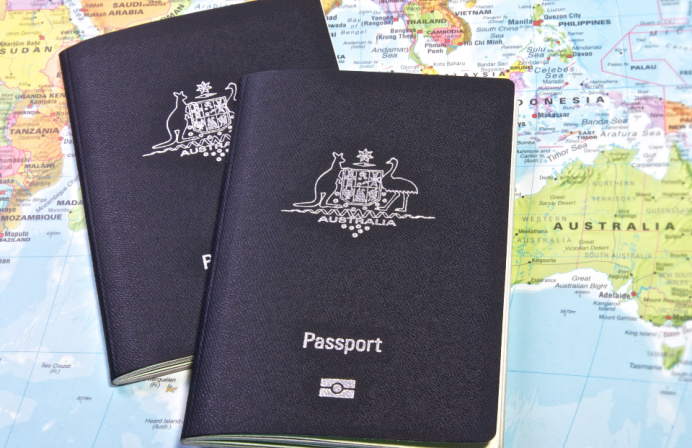
The Reserve Bank of Australia (RBA), in collaboration with the Digital Finance Cooperative Research Centre (DFCRC), have released a white paper which invites interested industry participants to explore use cases for a central bank digital currency (CBDC).
The Australian CBDC Pilot for Digital Finance Innovation paper will explain the objectives of the project and include the design of the pilot CBDC that will be utilised by industry participants.
The submissions on CBDC use cases are expected to deliver further benefits to the functioning of Australian financial system and the project will aim to “test a general-purpose pilot CBDC issued as a liability of the RBA for use in real-world, pilot implementations of services offered by Australian industry participants”.
Further to this, all use case proposals submitted by industry participants will be used to inform assessments of the rationale for an Australian CBDC and a limited number of these use cases will also be selected for operation within the CBDC pilot project infrastructure.
“Any compelling use case – whether so-called ‘wholesale’ or ‘retail’ – will be explored in the project,” the paper said.
“The design of the project is intended to be minimally prescriptive – both in the kind of CBDC model assumed, and in the kind of use cases explored. The project is seeking to facilitate ideation and innovation in use cases, and in turn use those results to better understand the case for introducing a CBDC in Australia.”
The RBA also said that its prior work suggested “there was not yet a compelling case for issuance of a ‘retail’ CBDC in Australia”.
According to the paper, the RBA has also indicated that it is worth considering whether appropriately regulated privately issued stablecoins could play a role in the future in supporting transactions in a tokenised economy.
The paper said the pilot CBDC will be called the eAUD where eAUD will be a liability of the RBA, denominated in Australian dollars, but no interest will be paid by the RBA on any holdings of eAUD.
“The DFCRC will develop and install the eAUD platform as a private, permissioned Ethereum (Quorum) implementation. The eAUD ledger will operate as a centralised platform, under the management and oversight of the RBA.
“Approved use case providers will be able to access and interact with the eAUD platform via specified Application Programming Interfaces (APIs) and ERC-20 smart contract interface functions. These interface specifications, as well as a platform for testing, will be provided separately, only to selected use case providers. The API will offer additional functions to manage and support the privacy of user data.”
“The choice of technology for this project does not reflect any view that any eventual CBDC would be blockchain-based or that Ethereum would necessarily be an appropriate choice for a production system. Rather, it was chosen as a widely used and well-understood platform that would facilitate participation in the project by a wide range of entities.”
The RBA announced in August that “considerable research” undertaken by central banks, including the Reserve Bank, into the feasibility and possible technical design of CBDC, in particular “exploring the potential use of new technologies such as distributed ledger technology”.
The project with the DFCRC, which would take about a year to complete, was aimed to address this gap by focusing on innovative use cases and business models that could be supported by the issuance of a CBDC and will also be an opportunity to further understanding of some of the technological, legal and regulatory considerations associated with a CBDC.
The Australian Treasury is participating as a member of the steering committee for the project, as part of its joint work with the Reserve Bank on exploring the viability of a CBDC in Australia.
The DFCRC is a 10-year, $180 million research program funded by industry partners, universities and the Australian Government, through the Cooperative Research Centres Program, with a mission to bring together stakeholders in the finance industry, academia and regulatory sectors to develop the opportunities for the next transformation of financial markets – the digitisation of assets that can be traded and exchanged directly and in real-time on digital platforms.





